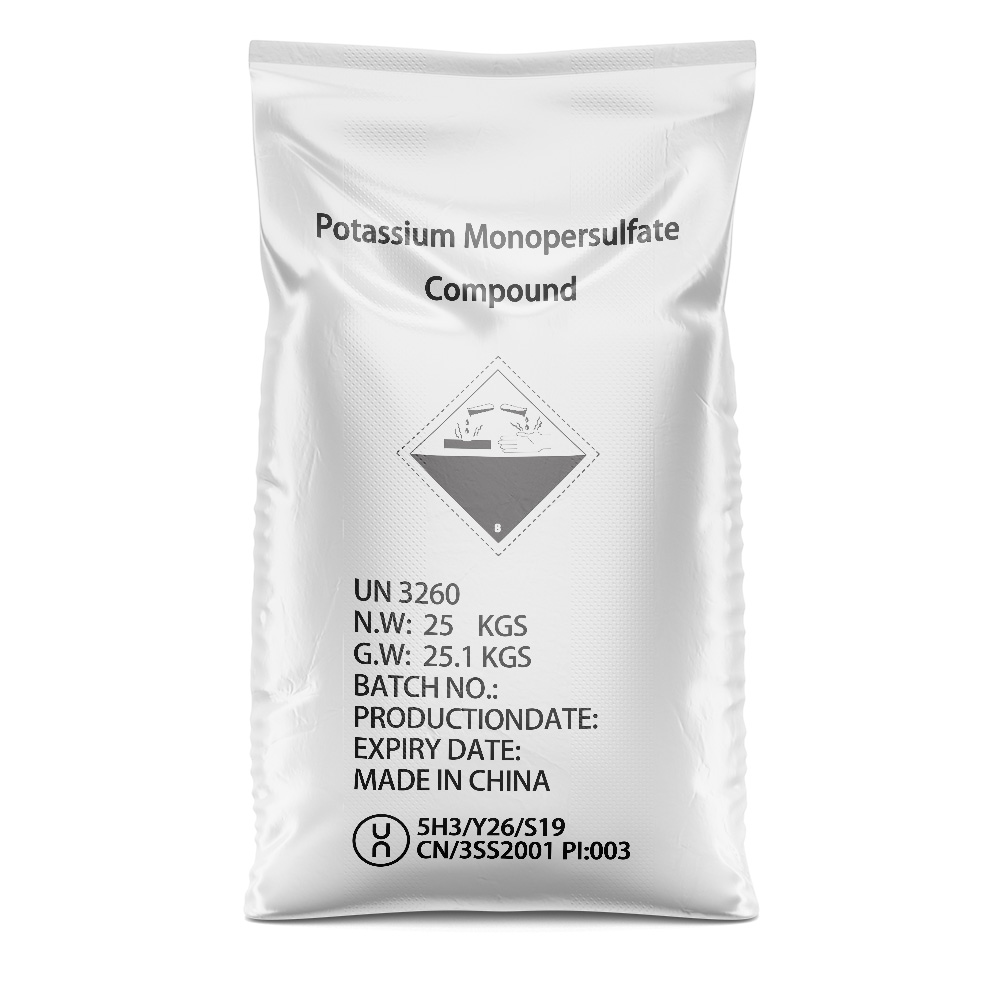



making chlorine dioxide
Making Chlorine Dioxide A Comprehensive Guide
Chlorine dioxide (ClO2) is a powerful oxidizing agent with widespread applications in water treatment, disinfection, and bleaching. Unlike chlorine, chlorine dioxide does not form harmful byproducts, making it a safer alternative in many scenarios. This article will discuss the methods for producing chlorine dioxide safely and efficiently while highlighting its various applications.
Understanding Chlorine Dioxide
Chlorine dioxide is a yellowish-green gas at room temperature with a distinctive, pungent odor. It's commonly used as a disinfectant in municipal water treatment facilities to eliminate bacteria, viruses, and other pathogens. Additionally, it is used in the food industry for sanitizing equipment and surfaces and in pulp and paper manufacturing for bleaching wood pulp.
Production Methods
There are several methods for producing chlorine dioxide, with two of the most common methods being the sodium chlorite method and the acid activation method.
1. Sodium Chlorite Method This is the most common method used in industrial settings. It involves the reaction of sodium chlorite (NaClO2) with an acid, typically hydrochloric acid (HCl). The balanced chemical equation is
\[ 5 \text{NaClO}_2 + 4 \text{HCl} \rightarrow 4 \text{ClO}_2 + 5 \text{NaCl} + 2 \text{H}_2\text{O} \]
In this process, sodium chlorite is mixed with hydrochloric acid in a controlled environment. The resulting chlorine dioxide gas can then be captured and used. The reaction typically occurs at low temperatures to minimize the risk of uncontrolled reactions.
making chlorine dioxide

2. Chlorate Reduction Method This method involves reducing sodium chlorate (NaClO3) with a reductant, often sulfur dioxide (SO2) or another reducing agent. The general reaction can be represented as follows
\[ 2 \text{NaClO}_3 + \text{SO}_2 + 2 \text{H}_2\text{O} \rightarrow 2 \text{ClO}_2 + \text{Na}_2\text{SO}_4 + 2 \text{HCl} \]
This method is less common but can be effective for producing chlorine dioxide on-site for large-scale operations, especially when consistent supply chains for sodium chlorite are unavailable.
Safety Considerations
When handling chlorine dioxide, safety is paramount. It is a flammable and toxic gas, and proper precautions must be taken to ensure safety during production and usage. Adequate ventilation, appropriate personal protective equipment (PPE), and adherence to regulatory guidelines are essential to prevent exposure and ensure safe handling.
Applications of Chlorine Dioxide
Chlorine dioxide's efficacy as a disinfectant makes it valuable in various industries. Water treatment facilities use it for microbial control, ensuring safe drinking water. In the food industry, it is employed to sanitize equipment and surfaces, reducing the risk of cross-contamination. Its bleaching properties are also utilized in the paper industry, improving the quality of the final product while minimizing environmental impact.
Conclusion
Chlorine dioxide is a versatile compound that plays a crucial role in various industrial applications. Understanding its production methods and safety precautions is essential for harnessing its full potential while ensuring safety and compliance with regulatory standards. Whether for water treatment, food safety, or industrial bleaching, chlorine dioxide remains a valuable tool in modern sanitization and disinfection processes.
-
Why Sodium Persulfate Is Everywhere NowNewsJul.07,2025
-
Why Polyacrylamide Is in High DemandNewsJul.07,2025
-
Understanding Paint Chemicals and Their ApplicationsNewsJul.07,2025
-
Smart Use Of Mining ChemicalsNewsJul.07,2025
-
Practical Uses of Potassium MonopersulfateNewsJul.07,2025
-
Agrochemicals In Real FarmingNewsJul.07,2025
-
Sodium Chlorite Hot UsesNewsJul.01,2025










